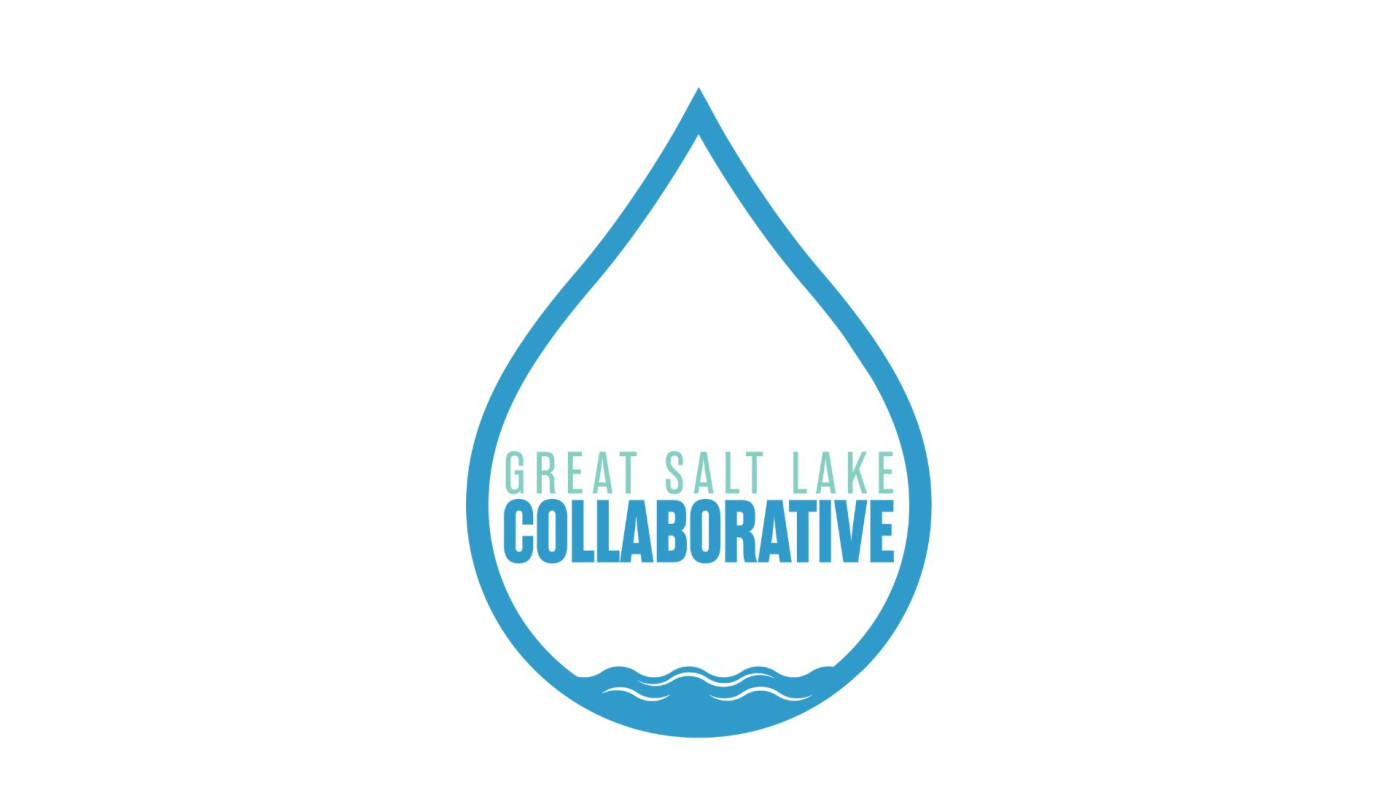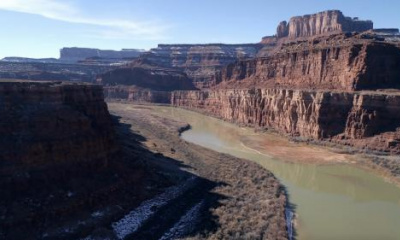SALT LAKE CITY — A special blend of grasses that uses less water and still looks good has proven to be such a hit, other communities want it.
"It’s been an incredible hit," said Dr. Kelly Kopp, a professor of plant, soils and climate at Utah State University, who helped design it. "I can’t tell you the amount of people who have contacted me."
The blend was created in a partnership between USU, the Turfgrass Water Conservation Alliance and Salt Lake City Public Utilities. The utilities department was selling bags of the blend of more water-friendly varieties of bluegrass and fescue to its customers for $8.50. One bag covers about 1,000 square feet.
Since FOX 13 News first reported on the grass, named "SLC Turf Trade," it has sold out and Salt Lake City Public Utilities is ordering more. Dr. Kopp said USU's Extension Service has gotten calls from people who want some of their own to do their part to help in the drought. She's also fielded calls from communities interested in offering more water-friendly drought blends to their residents.
Dr. Kopp said USU is exploring creating other grass blends for different climates in the state.
"This mixture that we currently have here is actually very applicable for a huge chunk of the state," she said. "As we go south to St. George and south to Moab, we’re talking two regions we have to consider. So at a minimum, we’re talking about three different mixtures and blends, but we could go beyond that."
For people interested in seeing "SLC Turf Trade" and similar seed offered in their community, Dr. Kopp said reach out to local water districts to ask for it to be offered.
Lawns have become a visual representation of water waste in the drought, especially as people statewide are asked to cut their outdoor watering and the Great Salt Lake continues its dramatic decline. Dr. Kopp said people don't have to kill their lawn outright to help conserve water. She said it's important to consider how much grass you actually use and how much you water it, reducing your overall footprint.
"This is very much about functional use. It is very much about lowering our overall water footprint in outdoor irrigation. And it is a way to meet the needs we have for recreational and functional grass, while still helping address the drought," she said.








